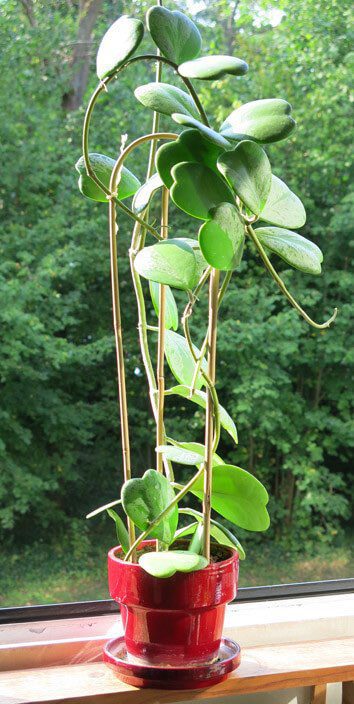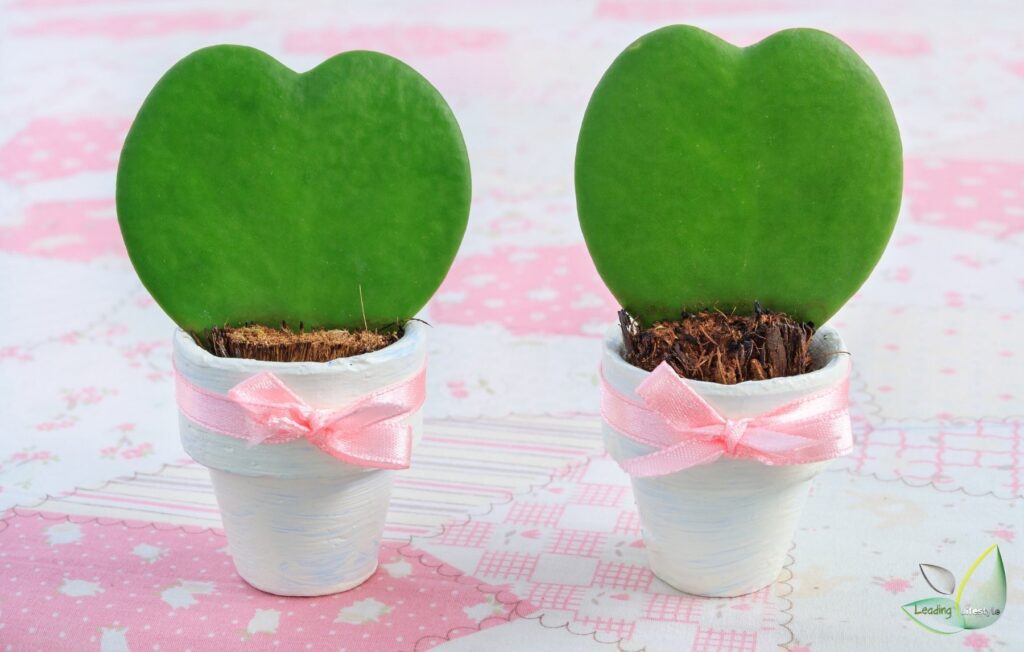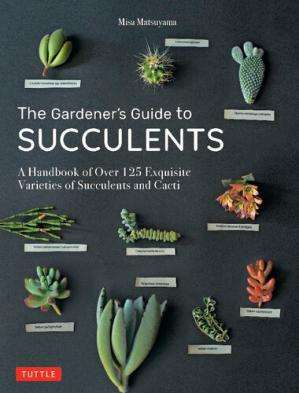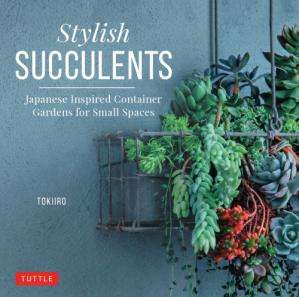Heart Succulent, sweetheart hoya (Hoya kerrii), a Southeast Asian native, is often a quirky Valentine’s Day gift with a single 5-inch (12.5 cm.) leaf planted upright in a small pot. Despite its slow growth, the plant thrives in a hanging basket, where it eventually grows into a bushy mass of green hearts. Mature plants can grow to be up to 13 feet long (4 m.).
Clusters of white, burgundy-centered blooms provide a striking contrast to the deep green or variegated leaves in the summer. A mature plant can produce up to 25 blooms.
Athena’s Garden Heart-shaped Hoya Kerrii 2 Live Plant
Hoya kerrii (Sweetheart Plant / Valentine Hoya)
A few Hoyas, such as Hoya kerrii, heart succulent plant, or Sweetheart Plant, make excellent houseplants. It has grown in popularity in recent years, but you may still have difficulty finding information or care tips about it.
We have to be honest and tell you right away that this plant is similar to the Lucky Bamboo because most of its recent popularity is based on, er, a fad.
Because it is easy to propagate, inexpensive to grow and sell, and has unusual and quirky “heart” shaped leaves, it is ideal for marketers to work their magic. This is because it appeals to anyone looking for something out of the ordinary or for that one-of-a-kind novelty gift to make their plant enthusiast friend or lover laugh.
The downside is that today’s Heart Succulent/Sweetheart Plant is usually sold as a single small leaf in a small pot, similar to the Hoya Kerrii from IKEA shown above. The Sweetheart Plant in this form does not grow as quickly as the Lucky Bamboo, so it’s only fun for 5 minutes before it can be rather boring.
However, all is not lost. It’s simple to turn this negative energy around because this is one of the easiest houseplants to look after and care for, requiring only occasional attention. It’s so hardy that it could probably get by with just one watering per month.
Also, if you keep that single leaf long enough and treat it with respect (or cheat and buy a more mature plant with several leaves already on the go), you’ll end up with something much more beautiful and striking. This is because, as you might expect, a larger plant with multiple unusually shaped leaves resembles a bush of green hearts! Very intriguing and possibly romantic.
This is the ideal Valentine’s gift to give or receive for the right person, which is why this plant is also known as the Valentine Hoya.
The flowers, like most Hoyas, are stunning, with strong contrast in the flowering parts (check out the photos to see what we mean). On the other hand, the all-green variety grows faster (though still slowly by most houseplant standards) and is arguably tougher. Nonetheless, it is available in a wide range of colors.
Okay, let’s move on to some growing advice!
Costa Farms Live Fully Rooted Succulent Hoya Heart
How to Grow a Sweetheart Wax Plant
Heart Succulent, Sweetheart Hoya care isn’t difficult or time-consuming, but the plant is picky about its growing conditions.
This Valentine hoya tolerates low light but not complete shade. However, in bright or indirect sunlight, the plant performs best and is more likely to bloom. The temperature in the room should be between 60 and 80 degrees Fahrenheit (15 and 26 degrees Celsius).
Sweetheart Hoya is drought-tolerant, requiring only one or two waterings per month thanks to its fleshy, succulent leaves. Water deeply when the soil feels slightly dry to the touch, then thoroughly drain the pot.
Although soil should never be bone dry, wet, soggy soil can lead to deadly rot. As a result, make sure your heart is succulent planted in a pot with a drainage hole.
Sweetheart Hoya, also known as heart succulent, is a low-maintenance plant that requires little fertilizer. A light solution of a balanced, water-soluble houseplant fertilizer mixed at the rate of 14 teaspoons (1 ml.) per gallon (4 L.) of water is sufficient. Feed the plant once a month during the growing season and once a year during the winter.
If a mature plant fails to bloom, try exposing it to more light or cooler nighttime temperatures.
Light
This plant will require reasonable lightroom to grow, though it will survive in a shadier location; however, you should avoid very dark places. Sunlight is also acceptable so that you could place it almost anywhere in your home or office.

Watering
Because of its succulent qualities, it can store water for extended periods between waterings. This makes it a hardy and low-maintenance plant for the most part; however, only providing primary care will result in a surviving rather than thriving plant, so wait until the soil has dried out slightly before watering again.
This means that you should not wait long periods between waterings just because you can. But be careful not to overdo it! Soil should never be saturated or flooded, as this will cause rotting. Also, take extra caution if the pot it comes in lacks drainage holes.
Humidity
The thick heart succulent Plant-like leaves aren’t bothered by humidity levels, so neither should you be.
Feeding
If the plant is small or only has a single leaf, only a small amount of feeding is required. At most, twice a year. You can feed a little more if you’re an older plant or that single leaf is producing new shoots, but you don’t need to do it more than four times a year. The Sweetheart Plant is a light feeder.
Temperature
The majority of indoor temperatures are acceptable. However, if the temperature drops below 18°C / 65°F / 80°F, growth will slow or stop, so you’ll need a temperature range of 18°C – 27°C / 65°F – 80°F for optimal growing conditions.
Repotting
This topic sparks debate among Hoya owners. There are several general schools of thought that can be summarized as the following “rules” –
The soil mix must be free draining and contain little rich organic material.
Plants in small pots that are rootbound or potbound are more likely to flower (this only applies to mature plants with many leaves).
The plant will not grow to maturity if the pot is too small, regardless of its size or age.
A large pot for plants with only one leaf increases the likelihood of rotting due to accidental overwatering (so don’t do it).
So, to put it all into context, here are some concrete examples:
- Young plants with only one leaf should be repotted only when new growth appears.
- Young plants with only a few leaves should be repotted every couple of years, each time moving them up into a slightly larger container.
- Repotted mature plants with many leaves every couple of years, moving them up into a slightly larger container each time.
Propagation
If you decide to propagate this plant, the good news is that it is simple.
Copy the ZZ Plant propagation method. The bad news is that, like the ZZ Plant, the new plants may take several months (or much longer) to show signs of new growth.
After a month or so, if the leaves haven’t turned yellow or begun to wrinkle and shrivel, the “cutting” has most likely “taken.” This means you now have the common form of Hoya kerrii, which you can buy in various stores.
In the grand scheme of things, propagation isn’t the best way to get a mature plant with lots of leaves or one that can flower quickly. So instead, you’ll have to dig deep and go out and buy one.

The Hoya Kerrii Trap
This plant is popular and can be found in a garden center or big box hardware store near you around Valentine’s Day. With its large heart-shaped leaves, there isn’t a more appropriate plant for Valentine’s Day!
The problem with these for sale specimens is that most of them will remain as a single leaf and will not grow any vines at all!
Although a single heart-shaped leaf can root, it will remain a single leaf unless you get part of the stem (which has the node, the part where the leaf meets the stem and produces actual new growth)!
There is no way to tell if your starter leaf has a node unless you take it out of the pot when you buy it, which the store owner may frown upon!
The sold-rooted leaves CAN stay green for years, but you will never get a vining plant! Even if you have a node, growing into a plant can take a long time.
So, if you really want a real plant, I recommend purchasing an actual plant rather than a rooted leaf; otherwise, you will most likely be disappointed!


















